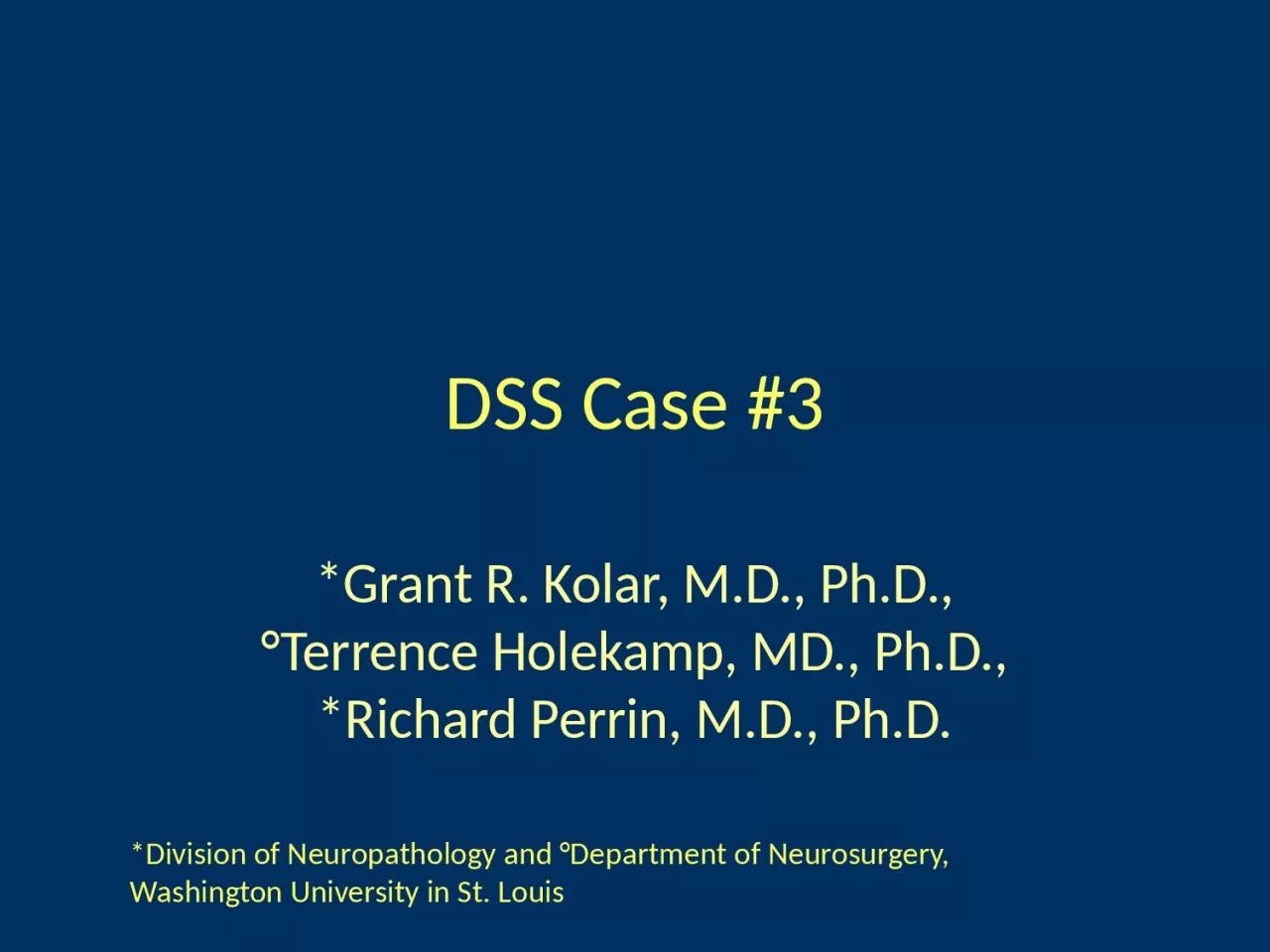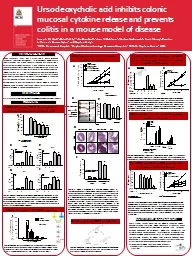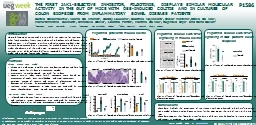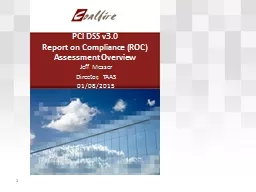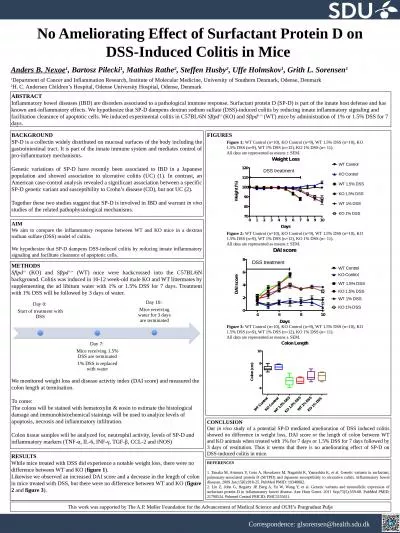PPT-DSS Case #3 *Grant R. Kolar, M.D., Ph.D., °Terrence
Author : thomas | Published Date : 2024-01-29
Holekamp MD PhD Richard Perrin MD PhD Division of Neuropathology and Department of Neurosurgery Washington University in St Louis Disclosure There are no financial
Presentation Embed Code
Download Presentation
Download Presentation The PPT/PDF document "DSS Case #3 *Grant R. Kolar, M.D., Ph.D...." is the property of its rightful owner. Permission is granted to download and print the materials on this website for personal, non-commercial use only, and to display it on your personal computer provided you do not modify the materials and that you retain all copyright notices contained in the materials. By downloading content from our website, you accept the terms of this agreement.
DSS Case #3 *Grant R. Kolar, M.D., Ph.D., °Terrence: Transcript
Download Rules Of Document
"DSS Case #3 *Grant R. Kolar, M.D., Ph.D., °Terrence"The content belongs to its owner. You may download and print it for personal use, without modification, and keep all copyright notices. By downloading, you agree to these terms.
Related Documents

